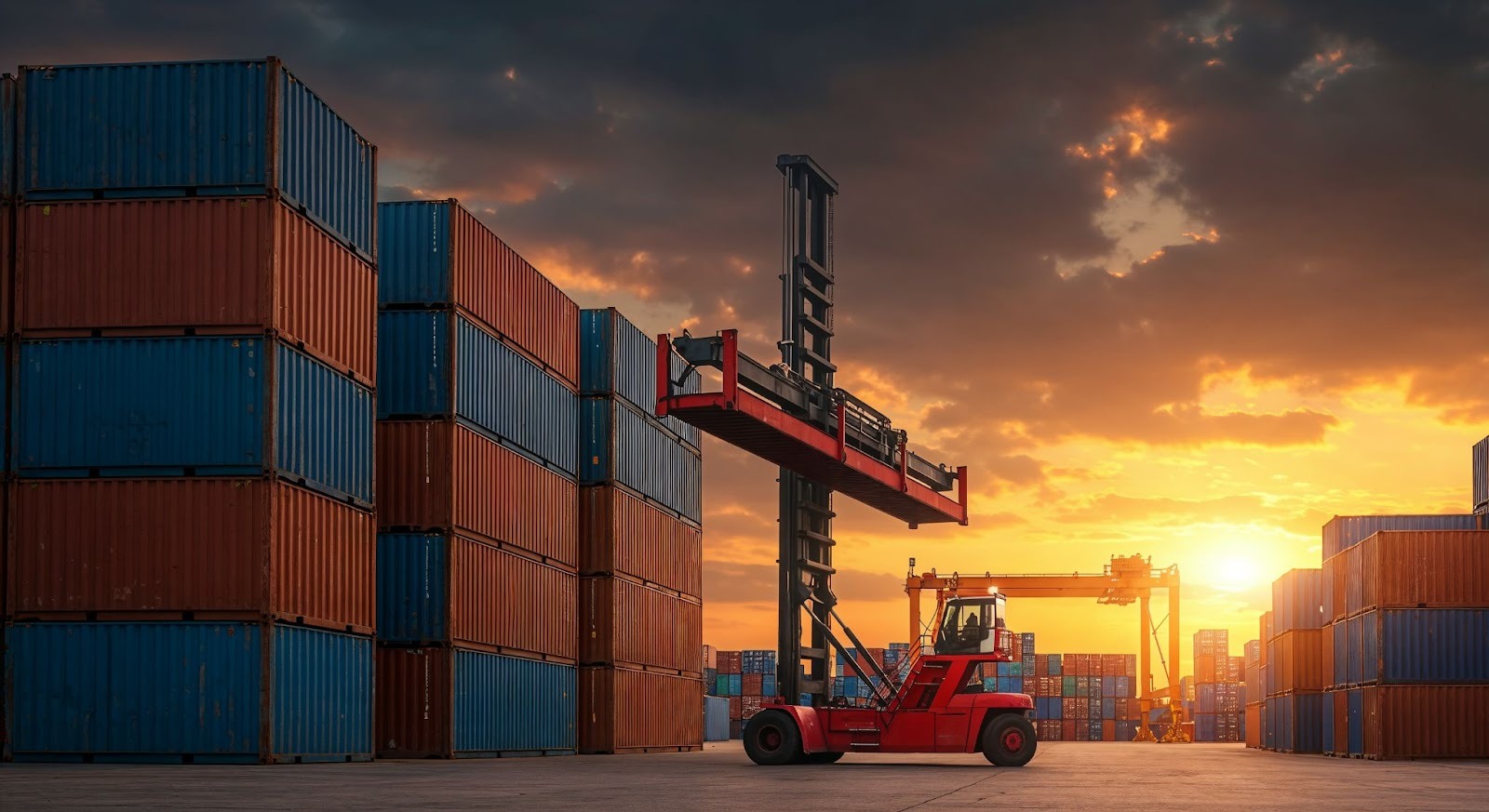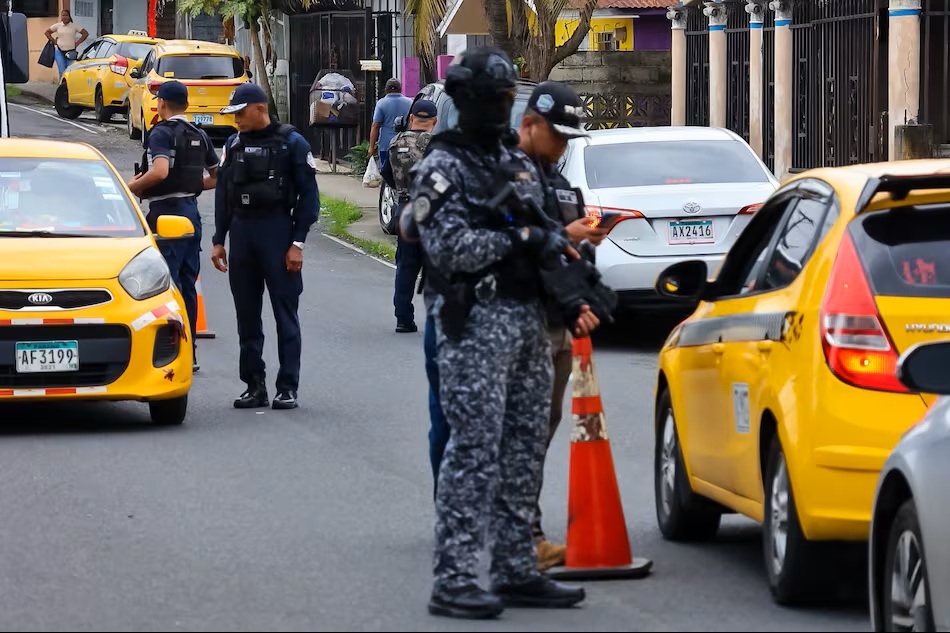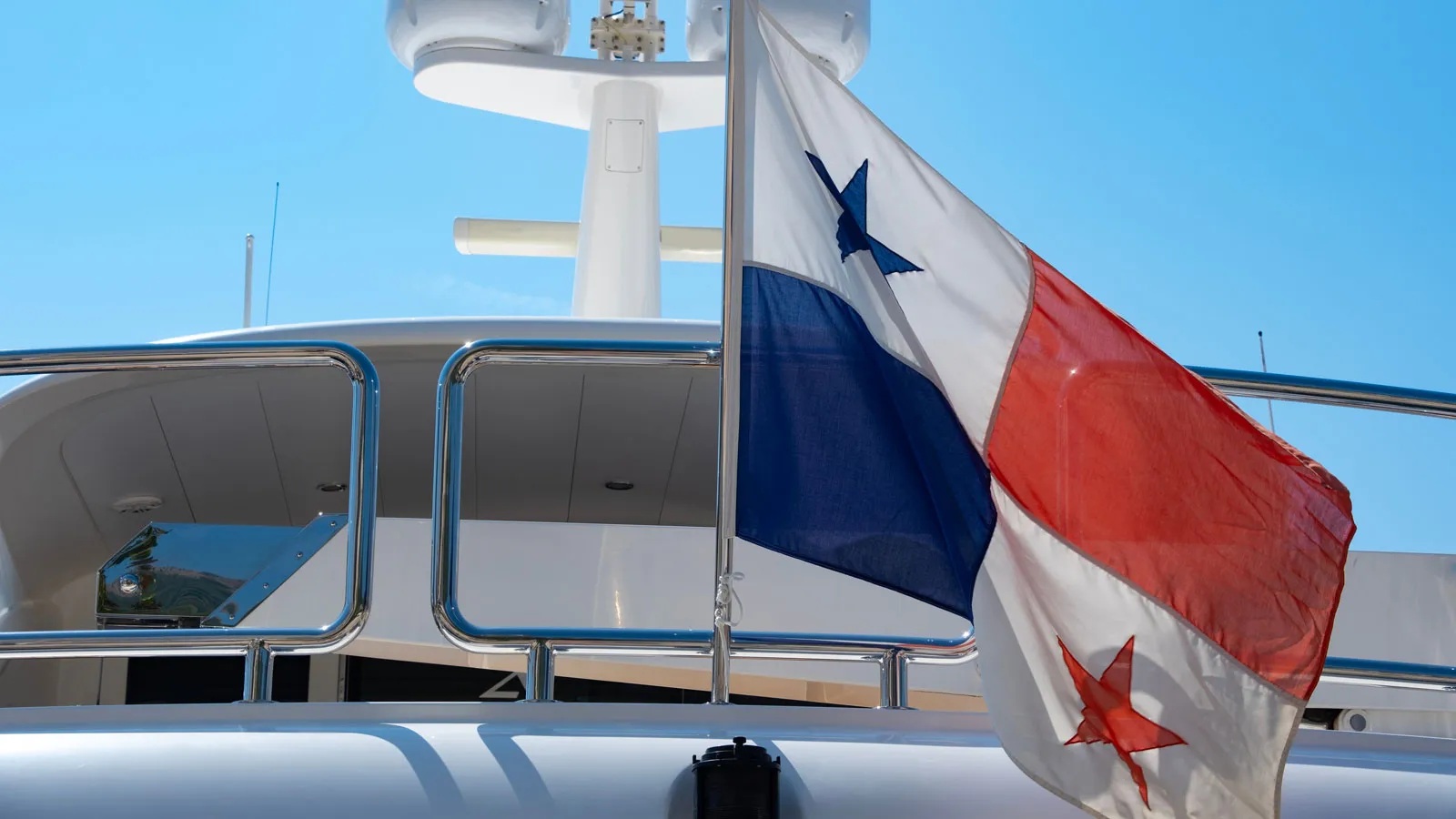How Worldwide Container Delivery Really Works

Global trade depends on a remarkably intricate system that moves steel containers across thousands of miles with precise coordination. Many observers imagine a simple port-to-port journey, yet the reality resembles a multi-layered logistical architecture shaped by regulations, yard management, and inland transport chains.
The initial stage of the process frequently begins with container acquisition. Importers, exporters, and project managers evaluate size, condition grade, and long-haul durability before organizing transport.
Those comparing different shipping options may consider a 45′ container at Pelican Containers, which provides a larger internal volume for high-capacity cargo. This early decision influences the overall delivery timeline because container condition may affect inspection, documentation, and loading preparations.
The Journey Begins
Container delivery starts long before a vessel leaves port. The process begins when a client requests a specific unit size and service type through a broker, leasing company, or global container supplier. The supplier checks available stock across multiple depots, evaluates the container’s condition, and schedules a release date.
Once the container is assigned, a trucking company retrieves the unit from the depot. The trucking schedule depends on gate hours, chassis availability, and mandatory safety checks. Each factor influences the earliest possible loading window for the shipper.
Exporters preparing the container must ensure proper cargo distribution. The distribution pattern affects structural balance, which determines how the container behaves during stacking and vessel movement. Shippers frequently rely on loading maps to maintain safe weight limits.
Inland Transportation
Inland transport creates the critical connection between the shipper’s facility and the port of departure. This segment involves trucking, rail, and occasionally barge systems depending on geographic characteristics and trade route structures.
Road Networks
Trucking remains the dominant inland transport method for container movement. Drivers adhere to axle weight regulations, hazardous goods restrictions, and mandatory parking protocols. These regulations protect roadway infrastructure and reduce the risk of container shift during transport.
Rail Integration
Rail infrastructure supports high-volume cargo movement across long distances. Intermodal terminals transfer containers between trucks and trains with specialized cranes. Schedules follow strict coordination to prevent congestion inside rail yards and minimize dwell time.
Key Inland Transport Realities
The following items identify the central issues that influence inland transportation performance, reflecting the challenges logistics teams must account for:
- Route selection affects delivery timelines: Appropriate route planning reduces congestion delays and improves predictability.
- Chassis shortages slow container movement: Limited chassis numbers create bottlenecks during peak seasons.
- Rail schedules restrict flexibility: Fixed departures require carefully timed trucking arrivals.
Port Operations

Once the container reaches the port, the delivery process enters a technologically intensive stage. Ports depend on cranes, automated yard systems, and complex scheduling software to maintain efficient flow across thousands of daily moves.
Pre-Loading Inspections
A container must pass clearance checks before entering the stacking yard. Port staff confirm the container’s identification number, seal status, and structural condition. Any irregularity can delay the loading process and trigger additional inspections.
Yard Management
Ports organize containers according to vessel assignment, weight class, and loading sequence. Yard cranes transfer units between stacks and loading platforms. Precision is necessary because misplacement can disrupt the ship’s stability plan and lead to costly re-handling.
Critical Port Workflow Factors
The elements listed below reflect the structural and operational conditions that determine port efficiency under varying workload levels:
- Planners design arrangements that maintain ship stability and fuel efficiency.
- Yard density influences re-handling frequency.
- Weather conditions affect crane performance.
Ocean Transit
Ocean transit represents the most visible stage of container delivery, yet it is governed by highly structured safety, routing, and timing rules. Carriers operate across fixed schedules and must maintain strict discipline to reduce fuel consumption and navigate congested maritime corridors.
Routing Patterns
Container vessels follow predetermined routes influenced by geopolitical conditions, maritime safety zones, and seasonal weather patterns. Major trade lanes, including trans-Pacific and Asia-Europe corridors, operate according to weekly cycles.
Vessel Stability
Ship officers monitor container stacks continually. They evaluate lashings, weight distribution, and weather impact. These evaluations protect the ship from excessive roll and minimize the risk of container loss during storms.
Ocean Movement Essentials
The items below outline the principal factors that affect container safety and consistency during ocean transport:
- Routing choices respond to weather shifts: Carriers adjust courses to avoid high-risk regions and maintain predictable arrival times.
- Stacking height affects container stress levels: High stacks experience greater wind pressure that influences lashing requirements.
- Transit time varies by vessel class: Different engine capacities and hull designs affect speed across long distances.
What Happens Upon Arrival
Container delivery continues once the vessel reaches its destination port. The unloading process follows the ship’s stowage plan in reverse, ensuring efficient removal without compromising vessel stability.
Customs authorities conduct document verification, focusing on declared cargo type, origin, and compliance with trade regulations. Any discrepancy can extend clearance times and increase storage charges for the shipper.
After clearance, the container enters the receiving yard, where trucking companies or rail operators claim assigned units. Inland transportation resumes as the container moves toward its final delivery location.
Global Coordination
Worldwide container delivery functions as a synchronized system governed by regulations, technology, and human expertise. Each stage carries distinct responsibilities that determine the speed and reliability of the final delivery outcome. The knowledge of these components equips shippers with clearer expectations and more strategic planning capabilities.
Experience across multiple trade routes shows that efficient container delivery depends on informed decisions at the initial stages. Clear documentation, proper loading, and awareness of port and carrier schedules lead to more predictable results. A fully optimized delivery chain improves both commercial outcomes and supply resilience.





